“If you’re out of practice, a rosewood guitar can be guaranteed to throw every imperfection into sharp relief”: How your acoustic’s back and sides affect your guitar tone
Let's explore the absolutely controversy-free subject of tonewoods and acoustic tone, and maybe solve this debate once and for all
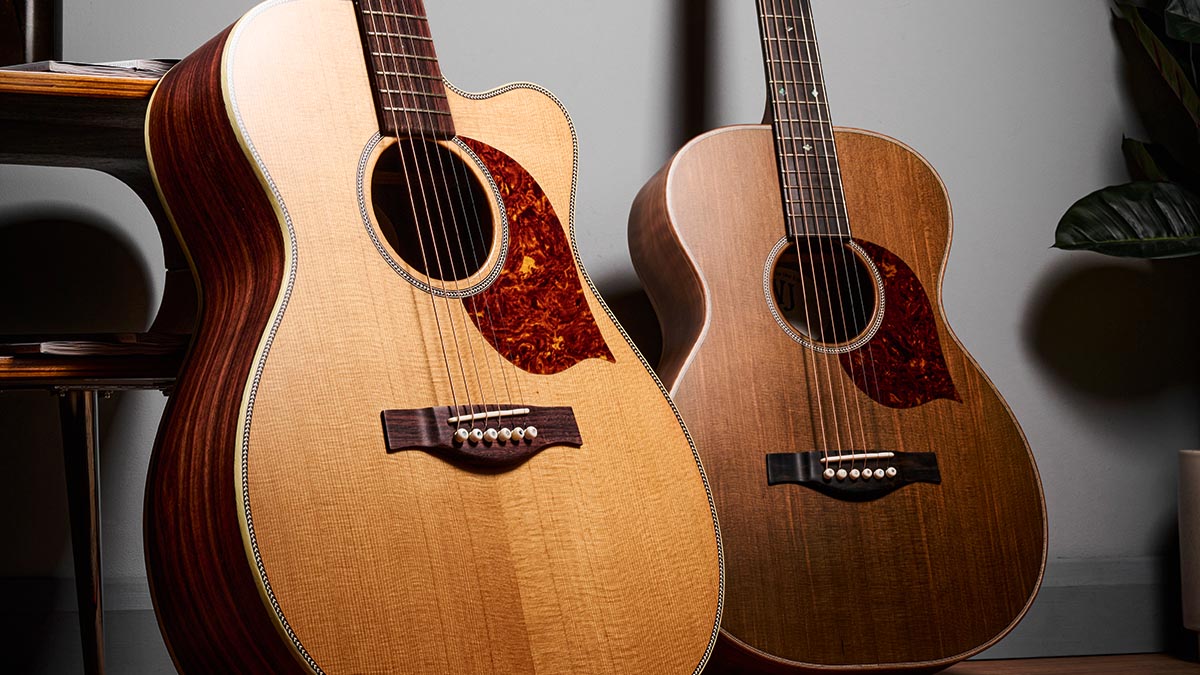
The flat-top acoustic guitar is a finely balanced system of parts and forces, each of which has a profound knock-on effect on the others. From scale length to bracing, neck carve to bridge weight, the instrument we love can be remarkably sensitive to the choices and intent that goes into its creation.
As such, there is a temptation – wherever acoustic guitarists gather – to philosophise passionately about every part of the instrument. This is useful.
As something of a pontificator myself, it is comforting to know that there are places we can go. This column being one of them. That said, before addressing one of the most hotly debated and subjective topics in the acoustic guitar world, let’s start with three objective truths.
These will give us something to cling onto as we go: one, wood of any species is nothing more than a source of potential; two, the acoustic properties of individual pieces of wood can differ wildly within the same species and genus of tree; and three, as every guitar is different so, too, is every player.
Bearing these three precepts in mind – and assuming that all hypothetical guitars I mention have soundboards voiced to bring out the best of each instrument – let’s take a look at the differences that the choice of rosewood or mahogany back and sides will have on your experience as a tone-generating 21st century organism.
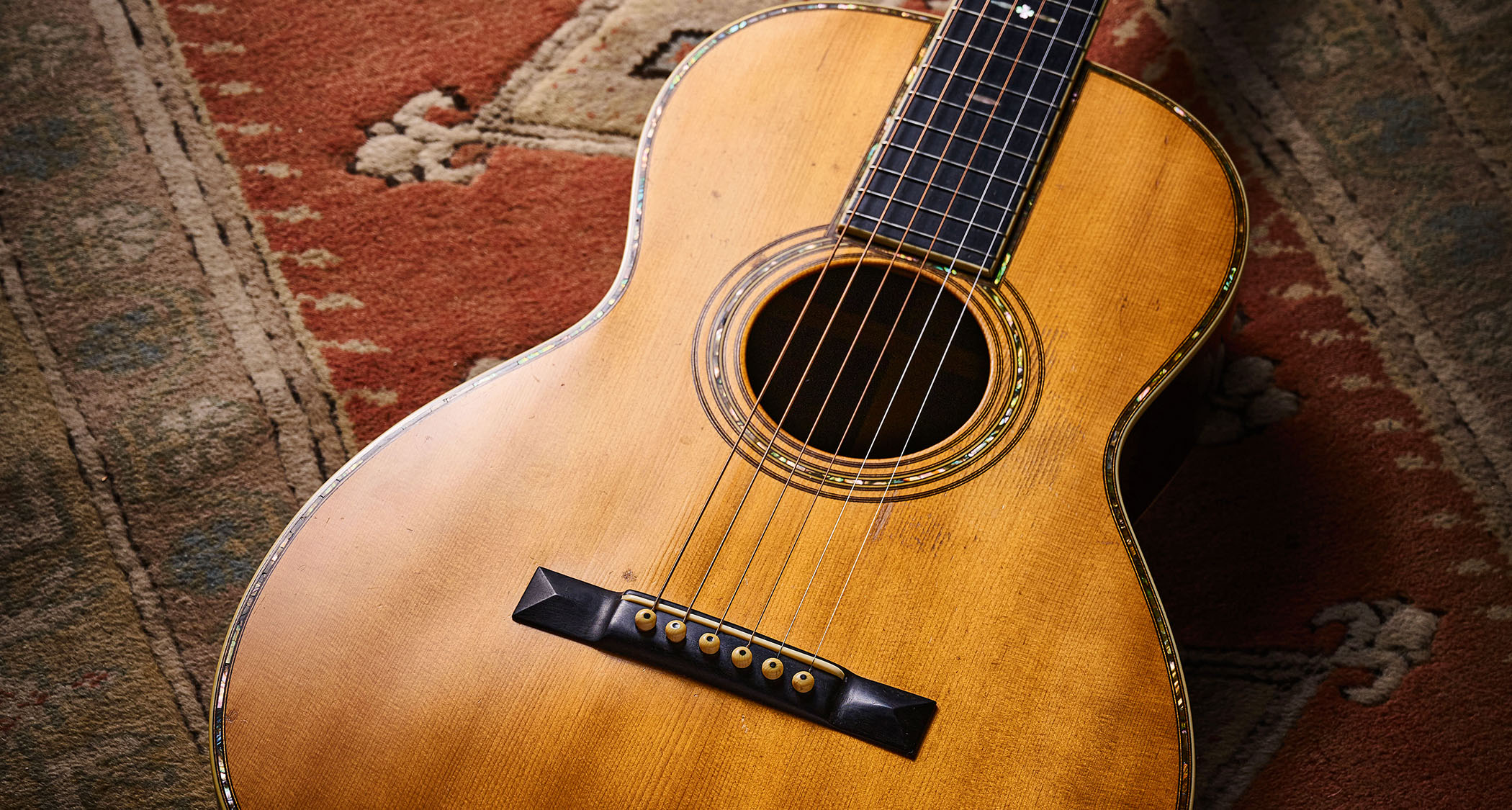
Fundamental Or Complex
The finest mahogany guitars that I have encountered have had several characteristics in common. The most immediate of these is the ‘fundamental’ character of the sound.
You get the note itself and maybe a touch of sympathetic resonance from open strings – especially in tunings like DADGAD – but on the whole the voice is pure and unadorned. It is a sound we could describe as ‘dry’ or ‘woody’ without fear of contradiction.
All the latest guitar news, interviews, lessons, reviews, deals and more, direct to your inbox!
I have found mahogany guitars to be friendly things, warm and immediate to the touch. They can be powerful, breathy, forgiving when it comes to finger noise and string squeak. They can also soften the attack of a hard pick, making for a more intimate sound. It’s a gentle conversation between friends, rather than a job interview.
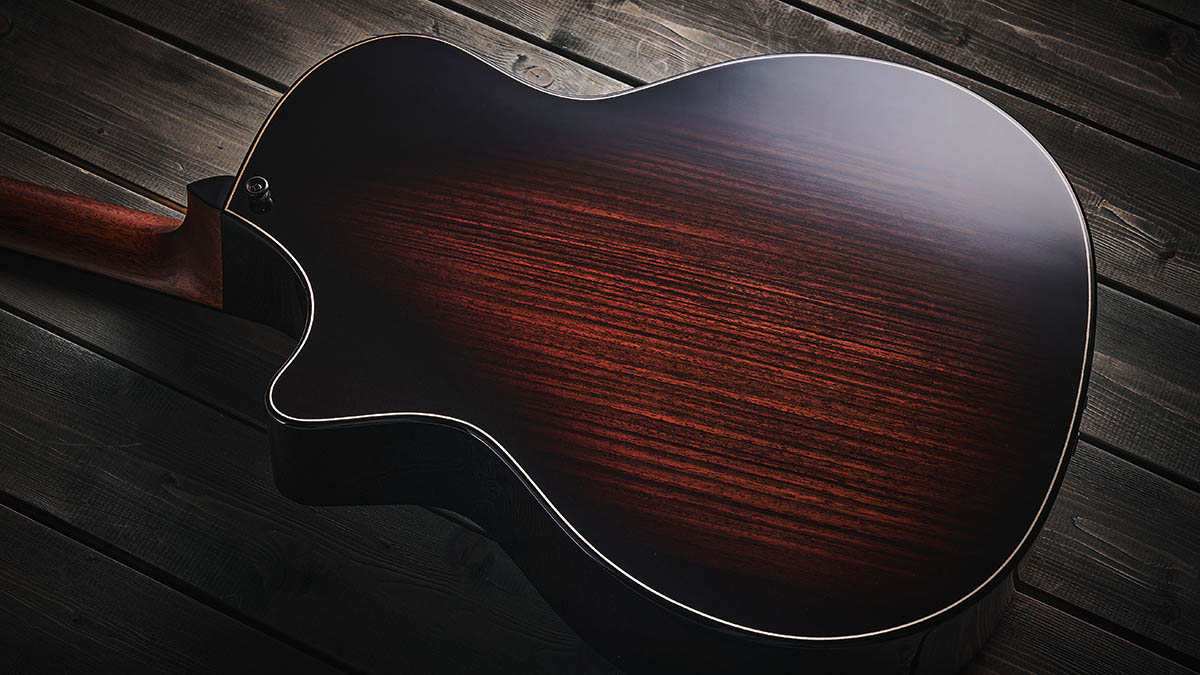
By contrast, the best rosewood guitars I have played lean into the reflective properties of this harder, vitreous wood for a sound that is heavy in upper partial harmonics and internal reverb.
If you’re out of practice, trying to master a new piece or distracted, then a rosewood guitar can be guaranteed to throw every imperfection in your sound into sharp relief
At its best, this can be a life-changing experience, the guitar rising up to meet the initial attack with a similar effect as good amp reverb – bold, lush and glorious.
This spectacular ‘choirs of angels’ timbre can come with drawbacks. In some guitars the voice can be lost in indistinct white noise as everything is amplified to the same degree. If you are having a good day and playing with your usual effortless, fluid mastery then a fine rosewood guitar can gild your playing with new and beautiful textures, rather like singing in a cathedral.
If you’re out of practice, trying to master a new piece or distracted, then a rosewood guitar can be guaranteed to throw every imperfection in your sound into sharp relief. Sloppy fingering, inaccurate bends and string squeaks – we’re still in a cathedral, but that’s not singing.
History In The Making
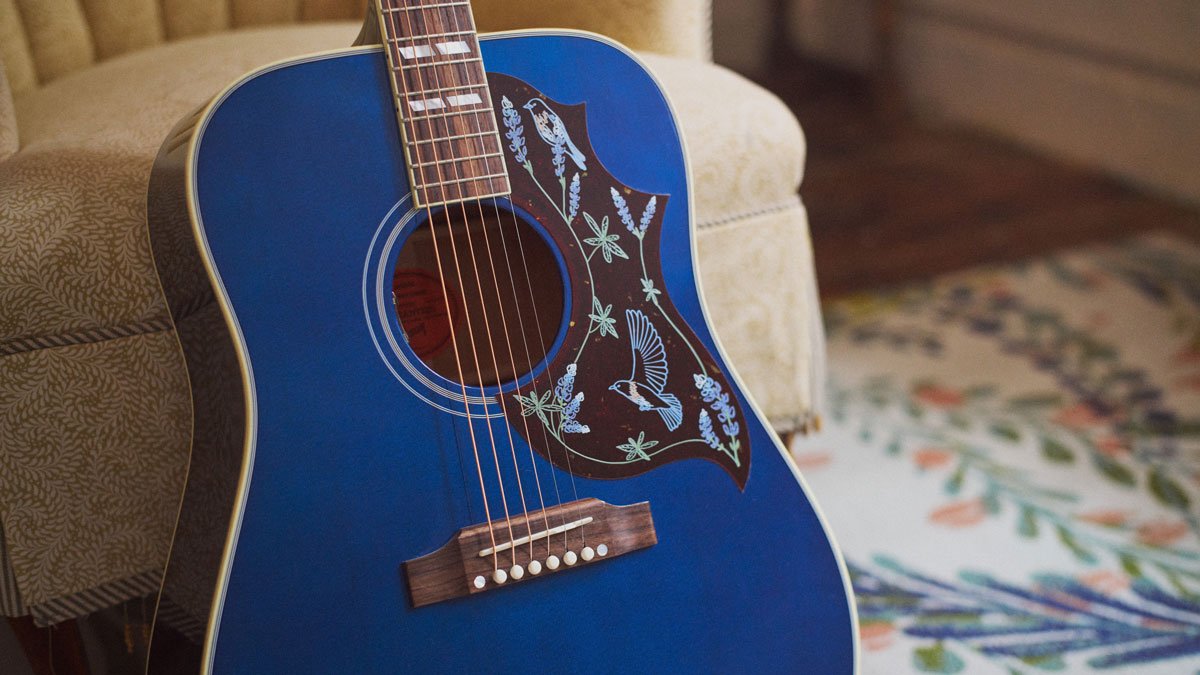
The chances are that your first experience with a serious acoustic guitar was an instrument that originated in either the Martin or Gibson factories. Martin has made the majority of its guitars from either rosewood or mahogany.
This has allowed players around the world to express a preference – 18 or 28 – and it can become a part of our identity. While there are many lovers of mahogany Martin guitars, the fact that only the rosewood instruments got the premium 42/45 style package speaks volumes about perceptions of both woods among players.
Gibson found that its sound depends more on the winning combination of a shorter scale length and dryer back and side woods. There is a reason why the J-45 is revered among singer-songwriters. Rosewood Gibson acoustics are relatively rare, but they are sought after and tend to command a premium.
Vintage instruments with decades of ageing and playing in them are often extremely desirable. There’s something about the patina of an old finish, the repairs, the subtle indications of a life spent making music. But what are the implications of ageing in a guitar of each wood?
There are those who believe (Michael Millard of Froggy Bottom Guitars being a vocal advocate) that as instruments age they move in the opposite direction – rosewood guitars calming down and getting more focused on the fundamentals, while mahogany instruments gain a richer harmonic voice as they open up. This doesn’t help.
In the past five decades the acoustic guitar has experienced an evolutionary spike due to the burgeoning popularity of luthier-made instruments for an individual player
In the past five decades the acoustic guitar has experienced an evolutionary spike due to the burgeoning popularity of luthier-made instruments for an individual player.
These unique creations can often feature rare and exotic woods. Some such as quilted mahogany from The Tree and Shipwreck Brazilian rosewood command eye-watering prices and elevate the instrument into the realms of bespoke luxury.
Others such as sapele and Indian rosewood are offered as more accessible alternatives. Either way – financial considerations aside – your choice is still primarily between a fundamental sound or one that adds colour to the principal frequencies.
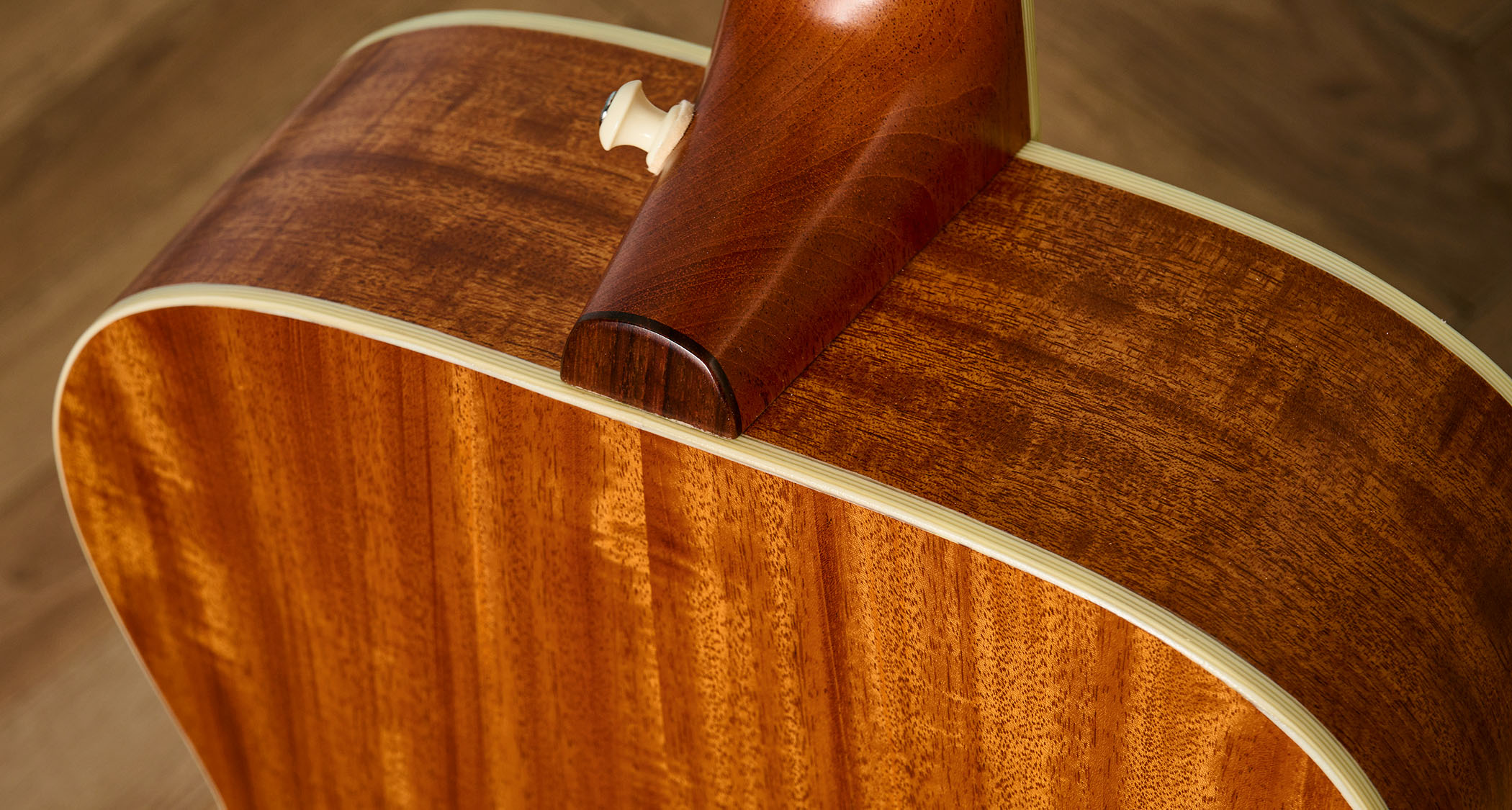
It’s Not Me, It’s You
Every player is different. The way that a guitar responds depends as much on us as the instrument itself, and the best thing we can do is listen objectively and critically as we play.
Hand position, use of dynamics and phrasing, our own individual sense of taste and the way that we perceive sound all have a role to play in this choice and what instrument best suits us.
To be aware of our own touch and how it works within the context of different instruments is a vital skill that comes with time and experience. Learn what you love.
- This article first appeared in Guitarist. Subscribe and save.
You must confirm your public display name before commenting
Please logout and then login again, you will then be prompted to enter your display name.

